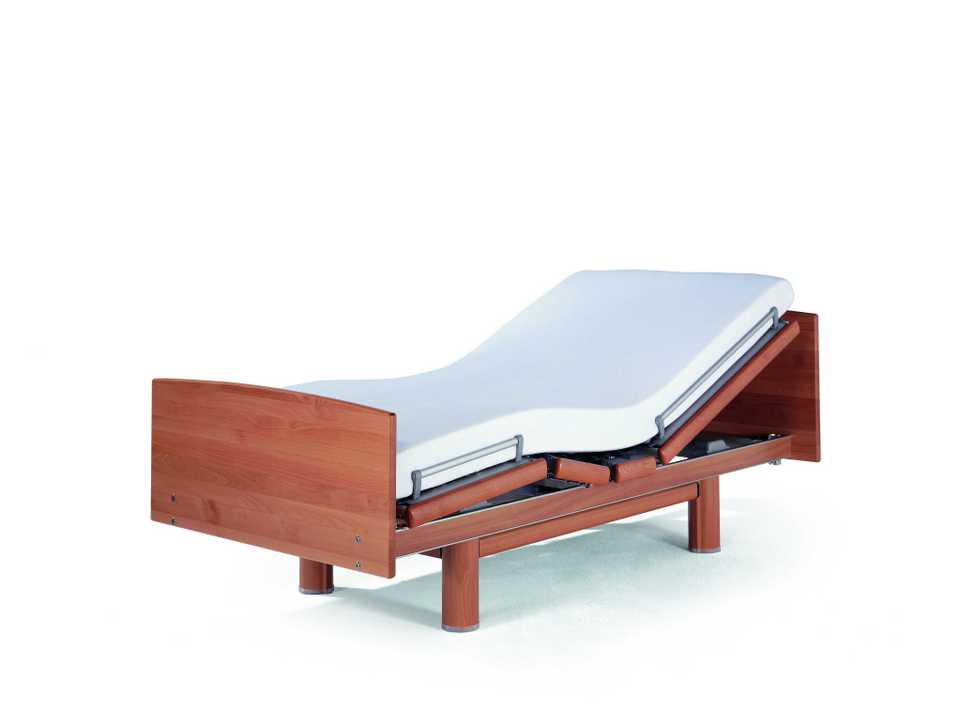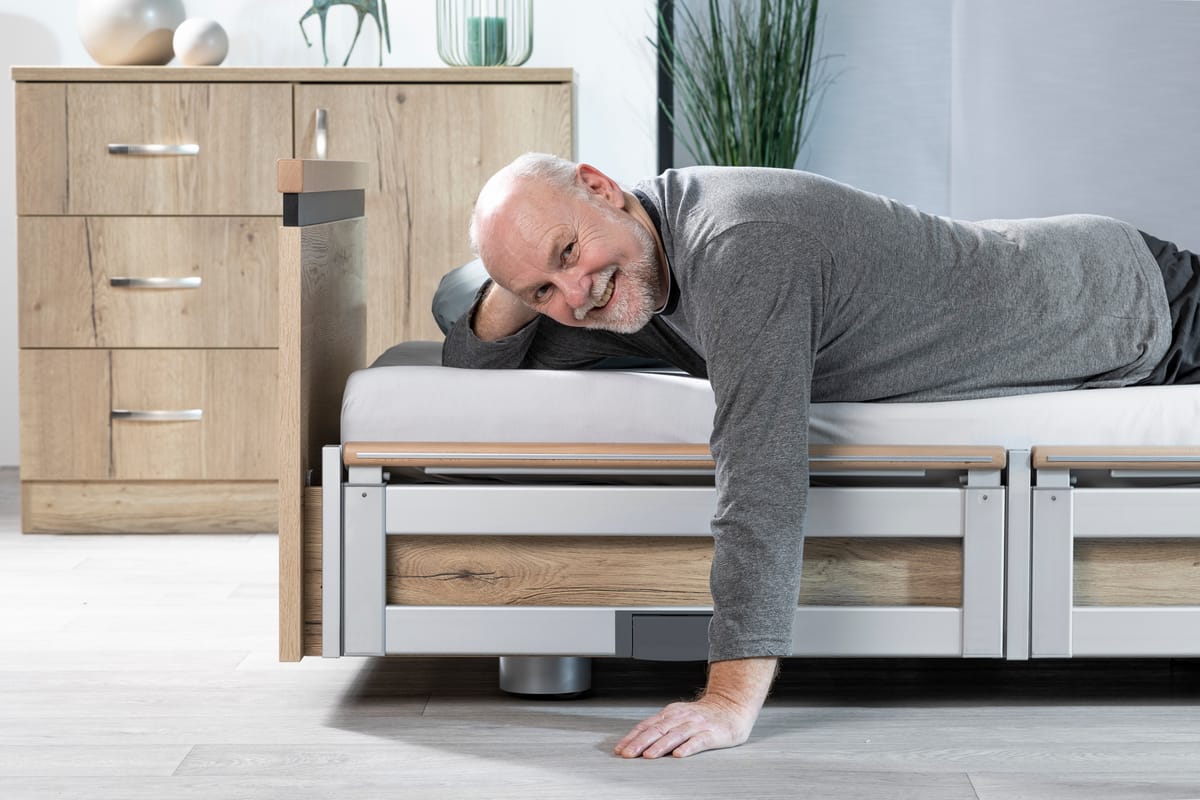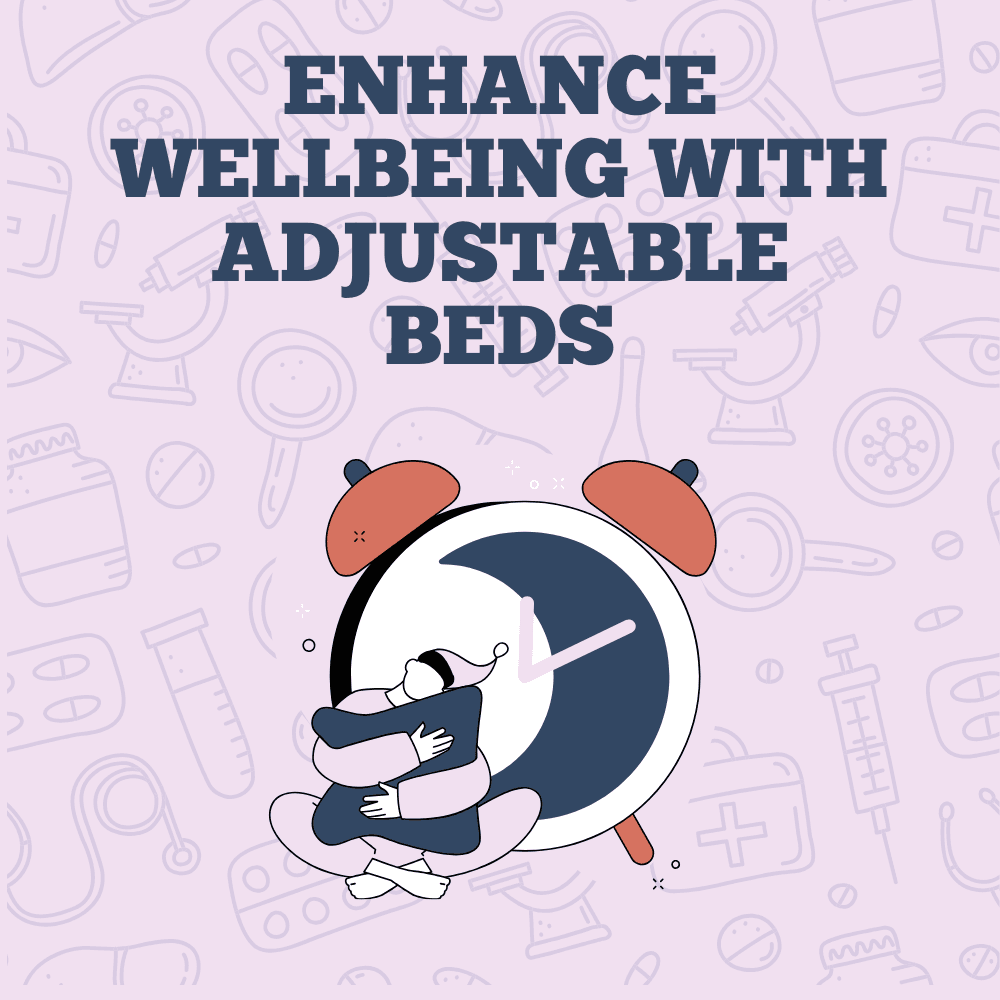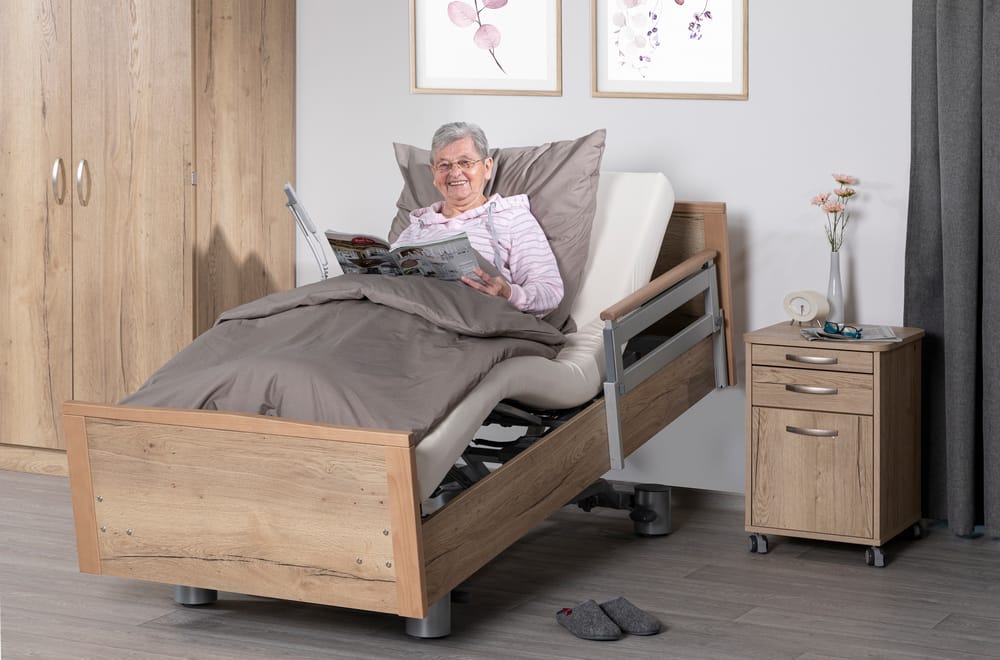Description: Medical electrical equipment. Particular requirements for basic safety and essential performance of healthcare and hospital / medical beds.
Date Issued: 2010
Summary: From April 2013 every healthcare and hospital bed brought to the market after April 2013 must comply with the new standard. Beds that were produced before this date (and that are compliant with the EN 60601-2-38 and EN 1970 standards) can remain in operation and do not require modification to comply with the new standard.
This standard combines and replaces the previously separate standards, EN 1970:2005 (for adjustable beds for disabled people) and DIN EN 60601-2-38:2001 (for safety in electronically operated hospital beds) and thus ensures an internationally uniform standard with regard to the safety of healthcare and hospital beds. In 2009 the DIN EN 60601-2-52:2010 standard was already published as an international edition and was subjected to the process of European ratification and adjustment to comply with the European guidelines for medical products. The standard has become binding for all manufacturers of healthcare and hospital beds as of April 2013.
With its ratification as a European standard, the stipulated transitional period of 36 months began, during which the production of healthcare beds and hospital beds must be adjusted so that these beds meet the new requirements and are approved for introduction to the market. Therefore, from April 2013 every bed brought to the market must comply with the new standard.
- What is new for healthcare and hospital beds?
First fault safety in the electronics: No individual fault in the electronics should result in the use of the device representing a risk to the patient/resident and user. For example, through the combination of a relay and transistor in the motor control it is ensured that the drive is switched off by one if these components in the event of a fault in the other.
- Reliability of the assist rails: These must still be capable of functioning optimally for 30,000 locking cycles. Furthermore, the assist rails must withstand a tensile force-load of 250 N as part of a cone test.
- Gap measurement: The distances from the headboard – assist rail, footboard – assist rail, between the bars within the assist rails and between the assist rails were to some extent redefined and stipulated.C1: The distance between the assist rail and the headboard must be smaller than 60 mm.
C2: The distance between the assist rails must either be smaller than 60 mm or larger than 318 mm. This measurement is taken with the lying surface in a flat position.
A1: The distances between bars within the assist rails must be smaller than 120 mm.
C3: The gap measurement between the footboard and the assist rail must either be smaller than 60 mm or larger than 318 mm – including when the bed is completely extended. (Designations taken from the standard) - Safety against tipping: The bed must withstand a load of up to 220 kg at the corner areas of the headboard and footboard without tipping.
- Safe working load:The safe working load for beds in application environments 1 and 2 (intensive and acute care) is at least 2000 N (approx. 200 kg) and at least 1700 N (approx. 170 kg) in application environments 3, 4 and 5 (long-term, home and outpatient care).The standard requirements:
The maximum patient weight in app. areas 1 and 2 is calculated based on:
Safe working load minus:
– 20 kg mattress
– 45 kg for accessories and the load, carried by accessories (without patient weight)The maximum patient weight in app. areas 3, 4 and 5 is calculated based on:
Safe working load minus:
– 20 kg mattress
– 15 kg for accessories and the load, carried by accessories (without patient weight)
What does this mean for you?
Bakare Beds & Volker has already been producing beds in accordance with this standard since March 2010, meaning that the beds already comply with the most recent requirements. For Bakare Beds & Volker beds that were produced before this date (and that are compliant with the DIN EN 60601-2-38 and EN 1970 standards), according to the new DIN standard there exists a right of continuance*– this means that Bakare Beds & Volker beds are not required to be modified and that they can remain in operation as before.
Through the early adjustment to comply with the current standard, the latest generation of Bakare Beds & Volker beds has a number of advantages for you:
- Investment security due to the early adjustment of our beds to satisfy the most up-to-date requirements
- Increased safety for patients and residents
- The greatest possible level of comfort for patients and residents through the independent operation of the bed functions
- Higher patient/resident weight possible due to the increased safe working load.
Have you any questions? Then do not hesitate to contact us.





